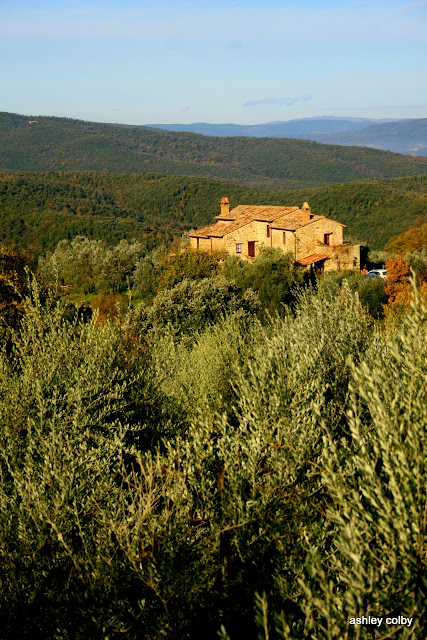I've decided the other day that feminists were wrong.
I was listening to NPR and a story came on about a woman who wrote a non-fiction book on the impacts of the 1963 book The Feminine Mystique. I got the sense that during WWII women felt empowered; they learned to work in factories, plant victory gardens, re-work family recipes around rations, raise their kids - they could do it all and were recognized for their efforts.
Now, I don't mean to demean the general consensus that a woman's place in (particularly post-WWII) society was greatly diminished, humiliating and alienating. It was indeed these things and women felt they needed to do something about it. However, their reaction to this situation just got them into an even worse circumstance. In other words, they were right about there being a problem, but wrong on the solution.
I was listening to NPR and a story came on about a woman who wrote a non-fiction book on the impacts of the 1963 book The Feminine Mystique. I got the sense that during WWII women felt empowered; they learned to work in factories, plant victory gardens, re-work family recipes around rations, raise their kids - they could do it all and were recognized for their efforts.
But after the boys came home and the baby boomer generation was in utero, things began to shift for women. They were barefoot and pregnant in the kitchen while their husbands went of to work. Now, I can see why women would think that getting out of the house and into the workplace would make them feel alive again. They were once empowered through the war effort, and now they felt trapped by the trappings of motherhood.
However, there was, at that time, a major shift happening in American society which I think was the actual cause of the women's pain: the rise of consumerism. Shortly after WWII the government's economists were looking for ways to boost the economy. One economist and retail analyst, Victor Lebow, wrote this in the 1955 Journal of Retailing:
Our enormously productive economy demands that we make consumption our way of life, that we convert the buying and use of goods into rituals, that we seek our spiritual satisfactions, our ego satisfactions, in consumption. The measure of social status, of social acceptance, of prestige, is now to be found in our consumptive patterns. The very meaning and significance of our lives today expressed in consumptive terms. The greater the pressures upon the individual to conform to safe and accepted social standards, the more does he tend to express his aspirations and his individuality in terms of what he wears, drives, eats- his home, his car, his pattern of food serving, his hobbies.... We need things consumed, burned up, worn out, replaced, and discarded at an ever increasing pace. We need to have people eat, drink, dress, ride, live, with ever more complicated and, therefore, constantly more expensive consumption.
If that isn't just the most hideous thing! I think that what was actually happening to women post-WWII is that all aspects of motherhood were being commodified: formula instead of breast milk, TV dinners instead of home cooking, cheap clothing instead of sewing and mending, etc. All of the most meaningful and creative acts of motherhood, those things that you have made with your hands to sustain your husband and children, were now products to be made by some corporation to be consumed. Their autonomy came in the form of which vacuum or canned soup to buy, and so they became alienated from all those things that made them feel alive.
The real tragedy of this whole situation is that the women who read The Feminine Mystique and started the feminist revolution got the answer wrong and actually trapped women in the very cycle that caused them pain originally. They entered the workforce.
So what has resulted from this? They are now working to pay a stranger to raise their kids, working too hard to cook or breastfeed (even if they wanted to) so they now consume even more and are more alienated from motherhood, and now it has come to the point that it is not a choice for women to work - two household incomes are necessary to stay afloat when supporting any children.
It is this cycle of slavery that women bought into: the dream of the career and meaning outside of the home has made women more alienated from themselves, their children, and all of those things that make human beings feel alive.
So, I say: women, it's time to go back home. Find a way to consume (*way*) less, and start leaning the household arts. I cannot describe the feeling of meaning and satisfaction I get from turning raw vegetables into a meal that sustains me and my family (not to mention how it feels when that veggie came from your own garden!). If you choose to grow veggies, cook, raise your own kids, buy less junk then you will probably cut down expenses enough to work only part time. Imagine a world where you work less and buy less but are more. Consider this a new feminist manifesto.







